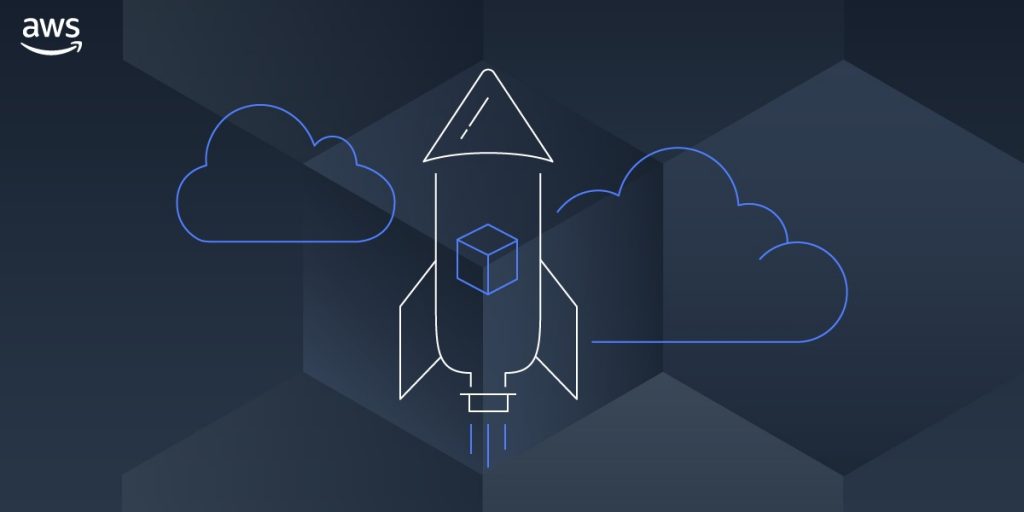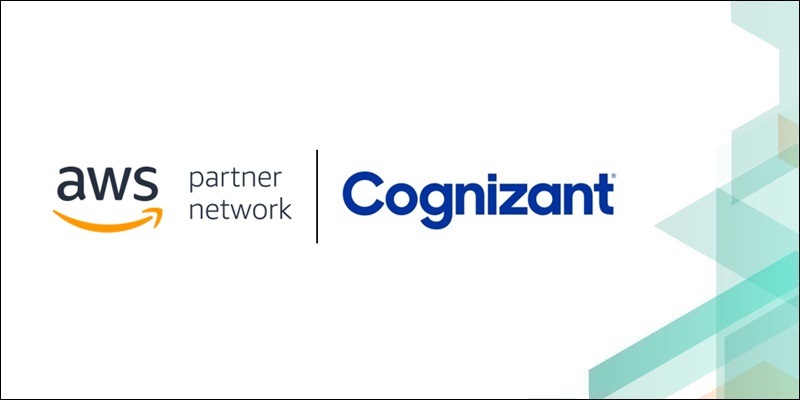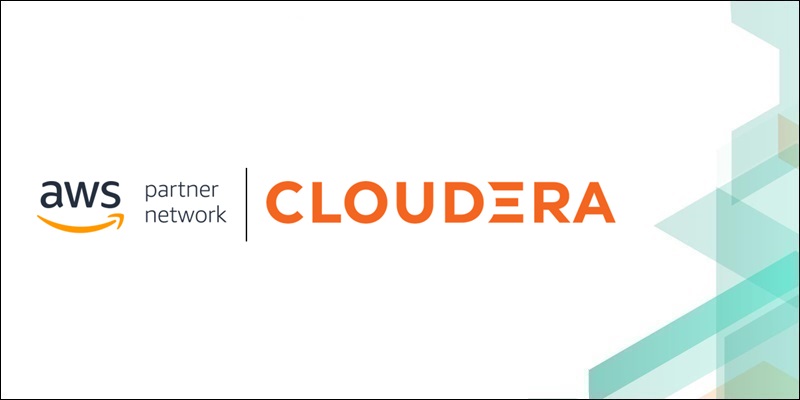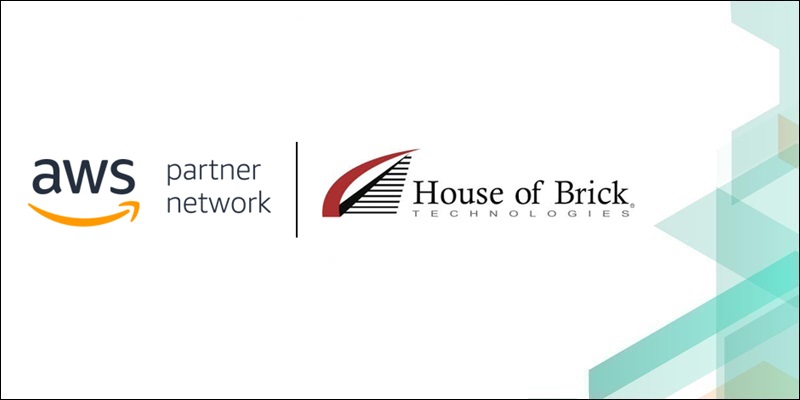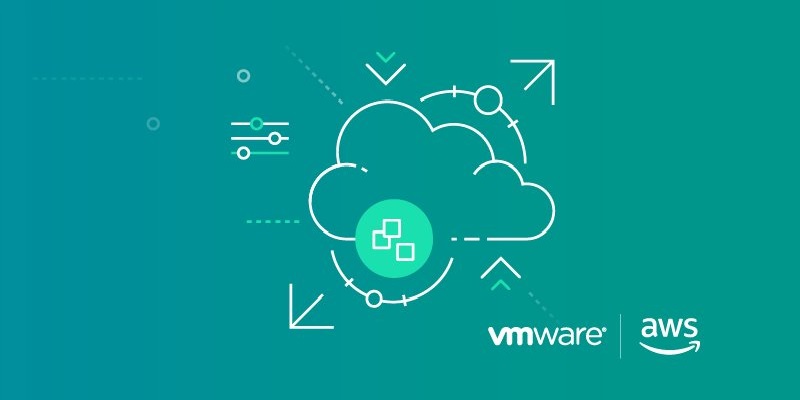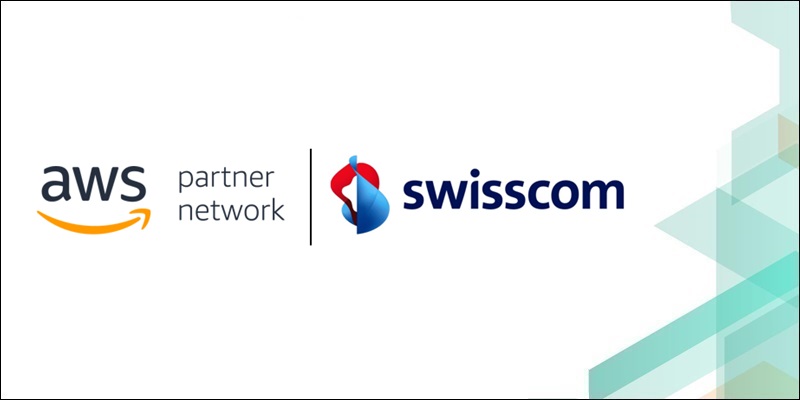AWS Partner Network (APN) Blog
Category: Compute
Getting Started with Bottlerocket and Certified AWS Partners
Bottlerocket is an open source Linux-based OS purpose-built for hosting containers, and APN Partners and AWS customers can quickly get up and running with Bottlerocket. Our goal is to continue to enhance the capabilities of our APN Partners by working together to incorporate it within their offerings and services, so that our mutual customers benefit from the reduced footprint, improved security, performance, and automation capabilities of the OS.
Migrating ETL Operations from SSIS Packages to AWS Lambda Functions
Many Windows solutions have used Microsoft SQL Server Integration Services (SSIS) as a method for performing ETL operations. Legacy SSIS packages that have been handed down to different developers over the years can be complex, cumbersome, and difficult to support. See an architecture and several techniques Cognizant uses to help clients with ETL operations based on legacy SSIS packaging move their applications to the AWS Cloud.
How Epsagon Increased Performance on AWS Lambda by 65% and Reduced Cost by 4x
Providing a better experience at lower cost is the desired result of any organization and product. In most cases, it requires software re-architecting, planning, infrastructure configurations, benchmarking, and more. Epsagon provides a solution for monitoring and troubleshooting modern applications running on AWS. Dive deep on some of the best practices Epsagon has developed to improve the performance and reduce the cost of using serverless environments.
Secure and Flexible Self-Service Analytics with Cloudera Data Warehouse and Amazon EKS
The demands of modern data warehousing spans analysis across all data—those that originate from traditional backend business systems to those that come from sensors at the edge. Cloudera Data Platform (CDP) delivers powerful self-service analytics across hybrid and multi-cloud environments, along with sophisticated and granular security and governance policies that IT and data leaders demand.
Deploying DevSecOps on Amazon EKS with Aqua Security — Part 1
Customers running their microservices-based applications on Amazon EKS come to Aqua Security looking for guidance about architecting end-to-end CI/CD pipelines using DevSecOps principles. Sometimes called security as code, DevSecOps integrates security best practices into a DevOps pipeline instead of bolting them on at the end. Aqua Security has formulated a security portfolio that provides coverage throughout the application development lifecycle while also securing the underlying infrastructure.
Understanding Your Options for Deploying and Licensing Oracle on AWS
Oracle customers have common questions about their licensing options when considering deployment to AWS. Oracle customers who do not proactively confirm their options risk spending too much on licensing. Customers may also face an Oracle audit that could expose avoidable license compliance issues. AWS has a variety of options for customers considering deployment of Oracle to AWS. When done properly, customers can significantly optimize their Oracle license costs when deploying to the proper AWS service.
Monitor Your Migration to AWS Graviton2-Powered Amazon EC2 Instances with Datadog
If you’re thinking about shifting existing workloads to an AWS Gravitron2-powered Amazon EC2 instance, Datadog can help you monitor your migration and get insight into your entire AWS infrastructure. Install the Datadog Agent, open-source software available on GitHub, to collect infrastructure metrics, distributed traces, logs, and more from your Amazon EC2 instances. With Datadog Amazon EC2 integration, you can monitor even more of your AWS infrastructure, complementing the data collected by the Agent.
Options for Extending Layer 2 On-Premises Networks to VMware Cloud on AWS
VMware Cloud on AWS allows customers to seamlessly extend their Layer 2 on-premises networks to the cloud. This is important because you can migrate virtual machines from on-premises Layer 2 networks to VMware Cloud on AWS without changing IP addresses. Learn about the architectural considerations for extending your on-premises networks to VMware Cloud on AWS using HCX and the NSX Autonomous Standalone Edge, either via AWS Direct Connect or through the public internet.
How Swisscom Saved DroneAnalytics 60% on AWS Services by Using the AWS Well-Architected Framework
DroneAnalytics offers hardware and software solutions for drones and connected objects. The consulting services from Swisscom, based on the AWS Well-Architected Framework, enabled them to more properly monitor their consumption of AWS services. By leveraging Well-Architected best practices and working with Swisscom, DroneAnalytics saved 60 percent on their AWS spend, whilst maintaining the same or better levels of operational efficiency, reliability, and performance.
Live Patching Linux Without Downtime on AWS Graviton2-Based Instances
Keeping your Linux system up to date with the latest operating system and application software patches is one of the most effective ways to strengthen system security. Enterprises sometimes neglect to install the latest security updates because most kernel upgrades and security patches require a system reboot, which means downtime and waiting for reboot cycles. KernelCare from CloudLinux can live patch Amazon EC2 instances based on AWS Graviton2 Arm64 processors.
